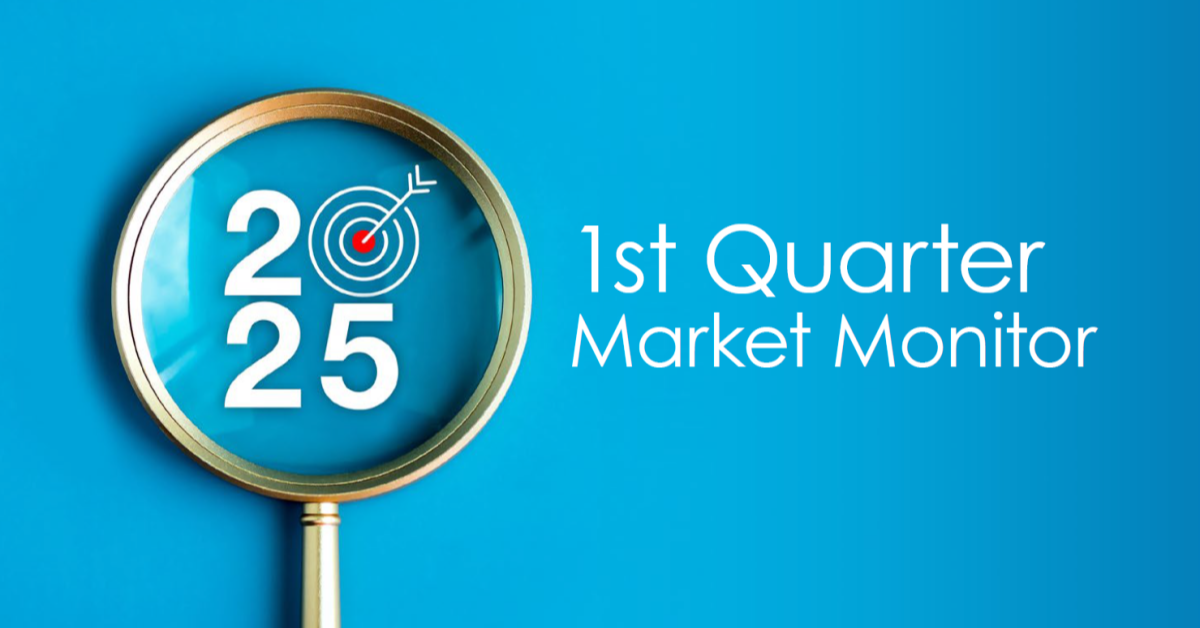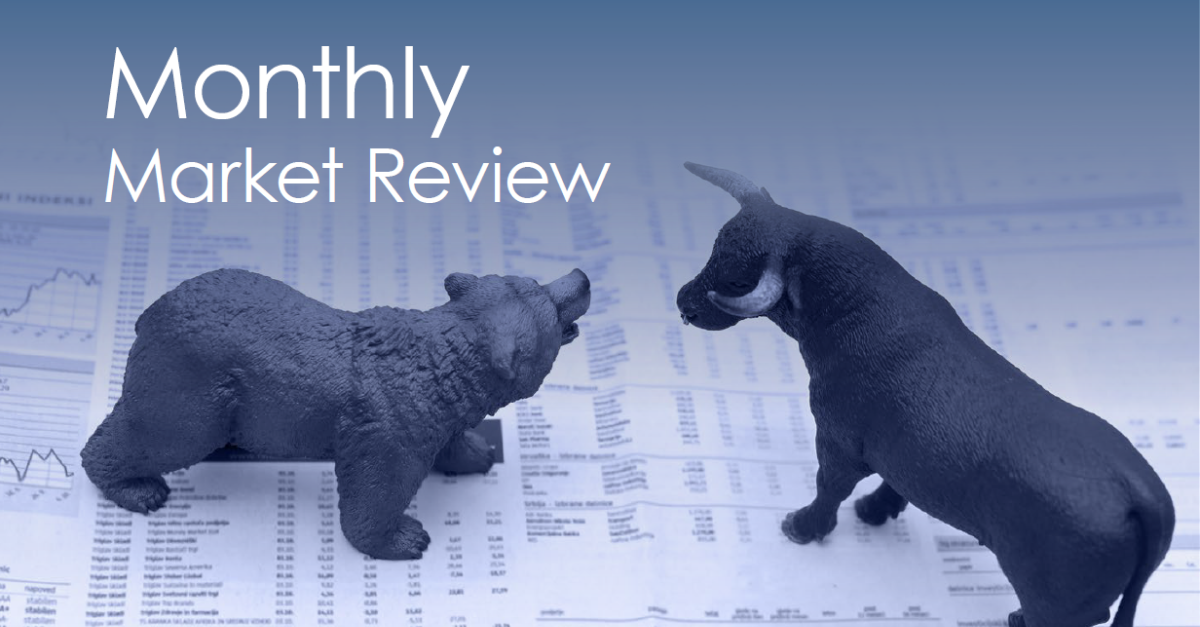
Stocks started out the New Year with a bang, though not in the direction investors were hoping for. As for 2015, it certainly ended on a whimper. For all of 2015, the S&P 500 Index closed lower by -0.7%. On the surface that looks like a small decline, but since a handful of market leaders helped buoy the index the average stock didn’t fare as well. To wit, the NYSE Composite – which contains nearly 2000 stocks – was lower by -6.4% last year.
Volatility in the market picked up a bit in 2015, though still below historical norms. One reason it likely felt like an overly volatile year in the market was that the previous few years exhibited uncharacteristically low volatility. As 2016 continues to unfold, we would expect continued bouts of volatility to enter the financial landscape. Consider we have the Federal Reserve which just began to raise interest rates for the first time in nearly 10 years, a bull market entering its 8th year, a pronounced slowdown in the Chinese economy, and various geopolitical tensions that keep popping up. These were some of the reasons we first sounded a note of caution about the markets last fall.


The U.S. economy recently flashed a bright spot with a stronger than expected jobs report for December. But there are continued signs of slowing in the manufacturing sector. While the services sector of the economy is much larger, the manufacturing sector is more correlated to corporate profits and has been a better leading indicator historically. As for the sharp drop in energy prices, we would have expected it to boost consumer spending. But according to the data, it appears most of the benefit went to paying down debt and boosting the savings rate for individuals instead.
After months of angst and uncertainty, the Federal Reserve raised interest rates by 25 basis points in December. We have been critical of the Fed for delaying a rate hike for so long, and thought it should have looked to raise rates a year ago when the economy was solid. Now they face raising rates amidst a slowdown in corporate profits, which is risky. The Fed has jawboned the market into thinking it can raise rates as many as 4 times this year. We think that is far too optimistic, and if the economy continues to slow there will be far fewer actual rate hikes.
The slowdown in China continues to be a drag on the global economy. Certainly the collapse in commodity prices across the board last year was exacerbated by China, as one of the largest sources of demand over the last several years began to wane. For years we have wondered how long the Chinese government could continue to prop up its economy. It has relied on interest rate cuts, tax cuts, reserve requirement cuts, and currency devaluations. But like Sisyphus, it appears that each time they puff up the economy their efforts deflate in short order.
While the China growth miracle has certainly been an interesting experiment in government planning, their attempts to keep their stock market from falling have not fared as well. Last summer we cautioned that speculation was running rampant in Chinese stocks, and that the government would have been wise to slow it down before it became excessive. But after more than doubling in a period of 12 months, Chinese stocks ran out of steam and basically crashed.

The chart above shows a roughly -40% drop over a four month period. The government then took drastic measures to calm the panic, including halting trading, banning short selling, and stepping in itself as a buyer to prop up the market. Again this worked for a time, but it appears their markets are once again succumbing to selling pressure.
As for our stock market, during this bull market it never experienced the euphoria seen in China. So we don’t have that risk to worry about. Volatility in China can be unnerving to U.S. investors in the short-term, but longer-term it is the U.S. economy and growth in corporate profits that matter most. Bear markets in the U.S. have historically been accompanied by economic recessions. While the economy has experienced some slowing, it is not currently in recession.
We will continue to monitor the magnitude of the current economic slowdown. Regardless, our focus on managing risk will always dictate that we listen to the message of the markets first, and not the predictions of economists.
Our caution when it comes to the stock market has more to do with corporate profits continuing to slow, in addition to the technical action we have witnessed in the market since it made its highs last summer. We always said that when the market fails to continue to make higher highs and starts to put in lower highs on rebound attempts, that would indicate a ‘change in character’ and make us take notice. We took notice last fall, and started taking steps to become more defensive in client accounts.

We know from history that market corrections never occur in a straight line, and that there are always bounces along the way. We plan to continue to be opportunistic and look for upcoming bounces in the market to further position portfolios toward a more conservative posture to weather the storm.
There are always difficult phases in the market that investors must endure. But if we do a good job of playing defense and preserving capital during these periods, we will be in a better position to take advantage of the opportunities that inevitably surface – and that is how astute investors take advantage of the cycles vs. letting the cycles take advantage of them.
Sources: Stockcharts.com; BTIG research; Raymond James; Briefing.com; IBD; Barron’s
Jordan L. Kahn, CFA
Chief Investment Officer



